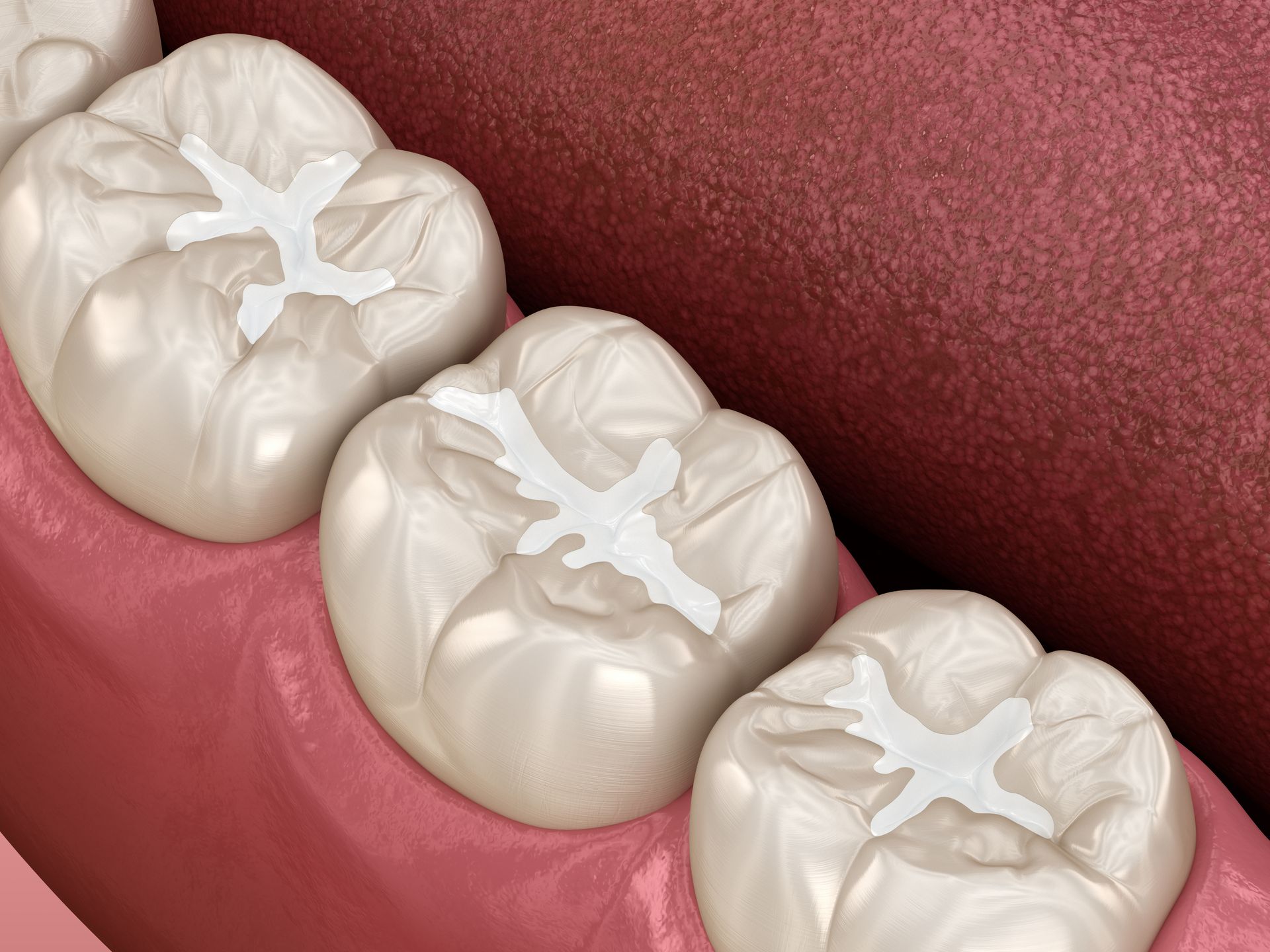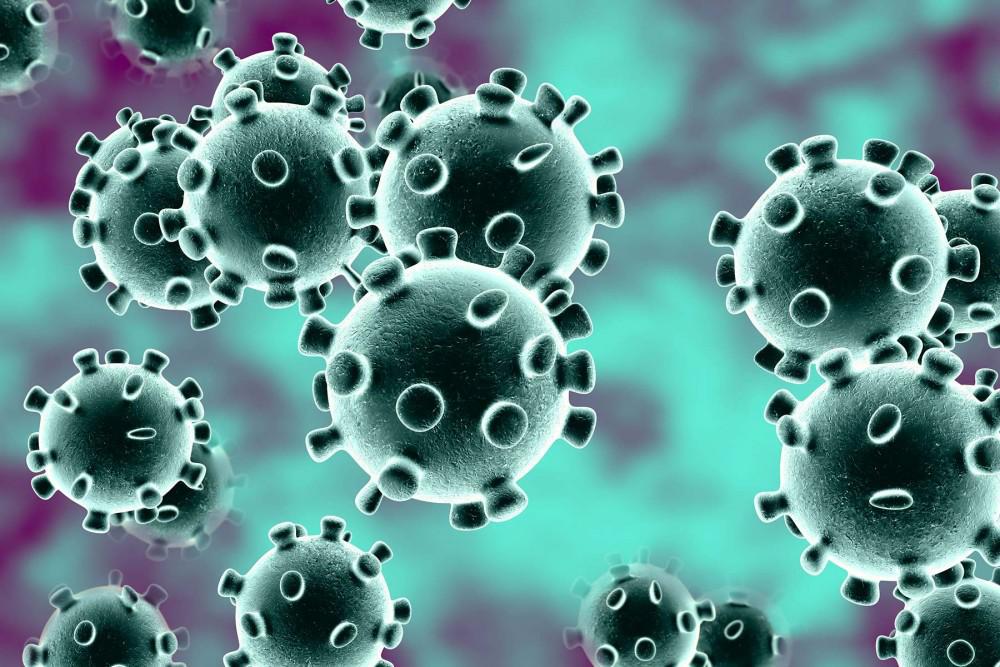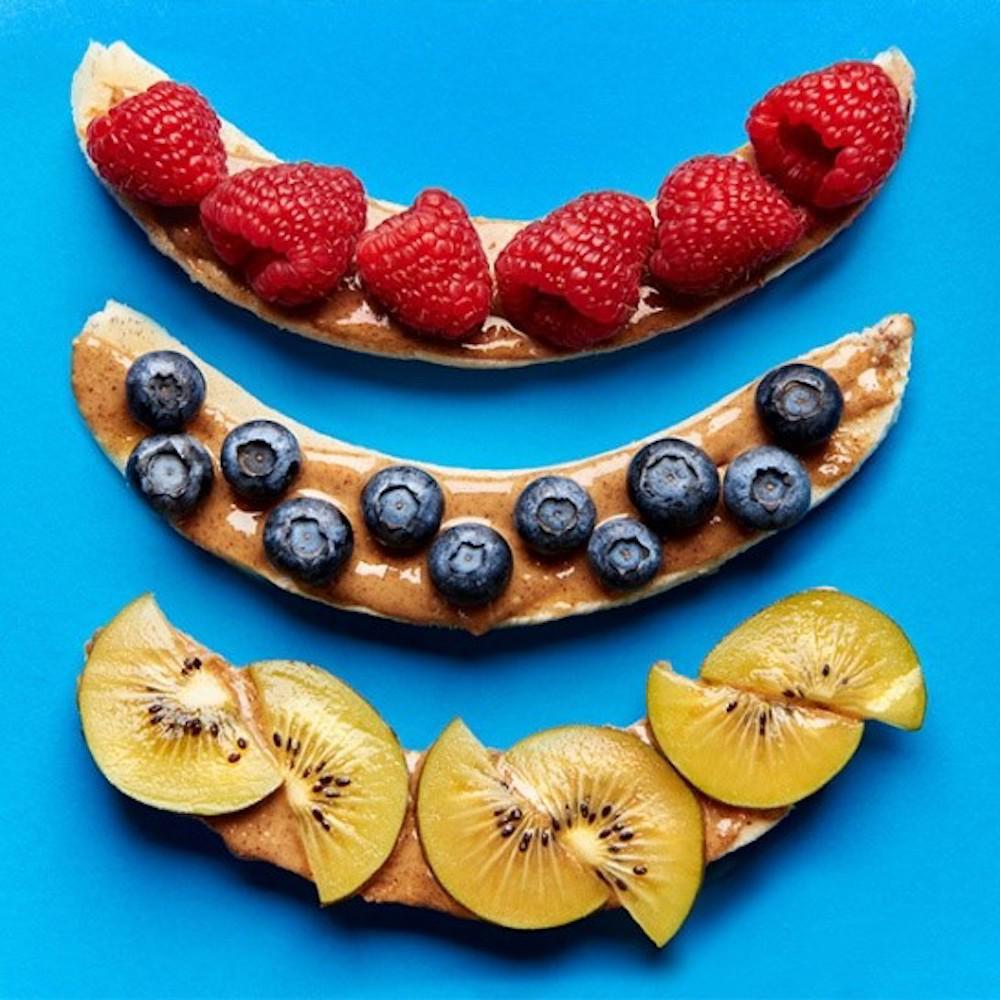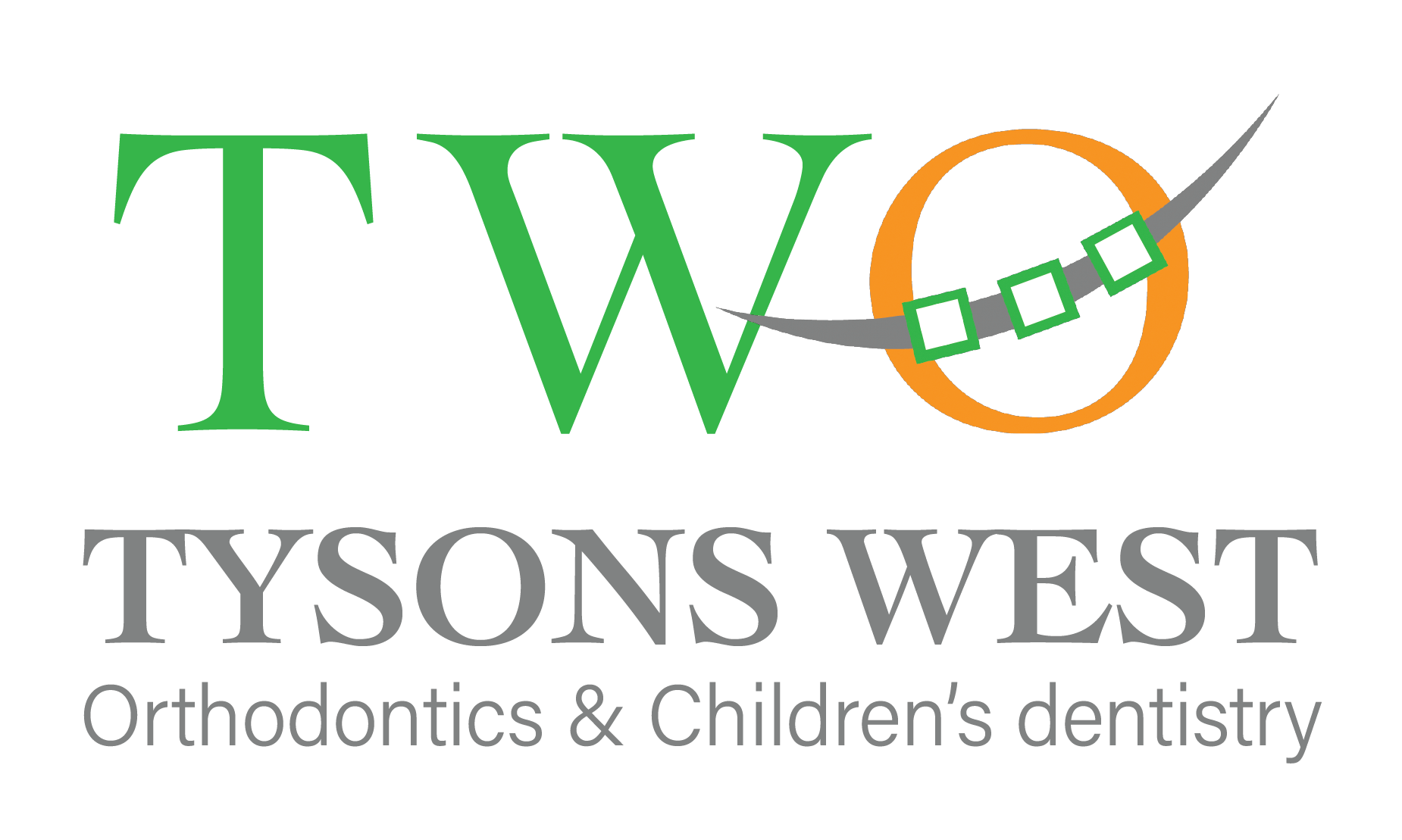Blog

Most orthodontists have encountered anxious parents who are concerned about putting their young children through extensive orthodontic treatment. "Isn't eight years old too soon to wear braces? Will it affect my child's development?" Early treatment can seem unnecessary when a child's permanent teeth have not grown in, but orthodontists may utilize this option in order to correct dental problems before they become more serious. Although healthy teeth can be straightened at any age, every case is different and your orthodontist will choose the best timing and the most efficient treatment plan that fits your needs. The American Association of Orthodontists recommends parents to take their children for an orthodontic check-up at age seven. That is important because some orthodontic problems are easier to correct if found early. This doesn't mean that all those children needing braces should start at that time. Advantages of Early Treatment Although it is better to wait to have almost all the permanent teeth present, nevertheless some dental anomalies may benefit from an early diagnosis and treatment; • Guiding permanent teeth into the proper position. • Preventing injuries to protruding teeth. • Regulating growth to improve the relationship between the upper and lower jaw. • Preventing future teeth extractions or orthognathic surgery (jaw correction). • Building self-esteem by improving physical appearance early Stages involving Early Treatment In cases of early orthodontic treatment, younger patients undergo two phases instead of one comprehensive stage. Phase I involves interceptive treatment in the mixed dentition (the period during which a child has both baby and permanent teeth). The objective of this phase is to "intercept" an orthodontic problem before it becomes more difficult to treat. We treat the jaws more than the teeth. In Phase II , braces are used to facilitate optimal alignment of the teeth and bite. Occurring at around age 11, this phase of the treatment occurs when almost all permanent teeth have developed. Phase II may range from 12 to 24 months.

At T.W.O., we believe preventing cavities is far more important than treating them. Regular visits to the dentist, use of fluoride, daily brushing and flossing, and limiting the number of times sugar-rich foods are eaten contributes to good oral health. If these measures are followed and sealants are used on a child’s teeth, the risk of decay can be reduced dramatically or may even be eliminated! A dental sealant is a material that is put on the chewing surfaces of the back of the teeth. We usually do this as soon as the first molar erupts at around age 6 and again when the second molar erupts at around age 12. The sealant material acts like a barrier, protecting enamel by keeping the bacteria and bits of food out of the pits and grooves. By forming a thin covering over the pits and fissures, sealants keep out plaque which decreases the risk of decay. Since, the covering is only over the biting surface of the tooth, areas on the side and between teeth cannot be coated with sealant. Good oral hygiene and nutrition are still very important in preventing decay next to these sealants or in areas unable to be covered. Good News- Sealing a tooth is fast and painless! How to Maintain and Increase the Longevity of your Sealant? Your child should refrain from eating ice or sticky/hard candy. This tends to fracture the sealant. Normal retention of a sealant is up to 3 years. Sealants that become displaced in the first 12 months will be replaced at no charge at TWO.

We know orthodontic emergencies are never convenient nor timely. As a general rule, you should call the office when you experience severe pain or when you have a painful appliance problem that you can’t take care of yourself. Common issues include broken brackets or appliances, poking or sharpness from brackets and wires, and general soreness. While we always recommend you consult us if you experience these issues, you may be able to temporarily solve many problems yourself until you visit our office.

To our valued patients, staff, and families As we are all aware of the increased impact of COVID-19 (coronavirus), the safety and well being of our patients and employees is our most important concern. We feel it is important to give you our recommendations to follow and share with you the extra steps we are taking to ensure your safety. Our office already adheres to strict standard hygiene and universal infectious disease precaution protocols. We will continue following these rules, but we will also increase the frequency with which we disinfect and clean our facility including the frequently touched surfaces. We will take the effort to frequently sanitize the entire office including doorknobs/handles, sinks, tables and countertops. We are closely and diligently monitoring updates from the Centers of Disease Control and Prevention (CDC), WHO, ADA, and Public Health Agencies relating to Covid-19. During this period our office hours will continue as usual. However we need you to assist us in this effort and we ask you: To limit to one family member accompanying the nonadult patient To reschedule your appointment if you are ill or have any symptoms of a cold. To wait fourteen days before coming to our office if you or someone you are in close contact with, have recently travelled to one of these countries (China, Italy, Iran, or South Korea); Or, if you have been exposed to a person who was diagnosed with Coronavirus or who was quarantined. To use hand sanitizers when not able to wash hands. Hand sanitizer stations are available throughout the office, and on most staff’s desks. To refrain from using the brushing station in order to respect the golden rule of Social Distancing. We will replace brushing by giving you Peroxyl to rinse your mouth while you’re in the chair. We have removed our coffee station, magazines, and closed the Kids Zone area with iPads to help avoid the spread of the virus. We thank you for your consideration and cooperation in keeping our office a healthy workplace; and we are confident that together as a community we will prevail safely. Sincerely, Drs. Alhussain & Alhussain Tysons West Orthodontics & Children’s Dentistry

The truth is your teeth will never ever stop moving. Actually, they will when you’re no longer alive! Since braces obviously are temporary when they are removed, teeth can move apart very quickly. The quick shifts are the reason why wearing retainers are necessary after ortho treatment. Although the teeth shifting is a natural phenomenon, we must wear retainers to prevent teeth from going back to their old positions. So why are retainers extremely important? Retainers are prescribed for two reasons: First, to let the bone that holds teeth restructure after they move. Second, to maintain the healthy new positions of teeth after active orthodontic treatment ends. Like your body, your teeth will change over the years, and with the help of retainers your perfect smile will never change.

Have you noticed that children are, well...a lot larger now compared to the past? Can you believe that 14 percent of kids 2 to 5 years old are now considered overweight or obese?! Of course, many factors contribute to children's weight problems, but nothing compares to sugar. It's not the natural sugars in milk and fruit that are worrisome; it's the sugars added to other foods and drinks. A survey indicates that toddlers 19 to 23 months old consume an average of over seven teaspoons of added sugar each day which is more than the limit that the American Heart Association recommends for 18 year olds. If you believe your child is overdoing sweets here are ways to help them cut back. The saying, "out of sight, out of mind" can apply to the sugary snacks that we should limit ourselves from. If your pantry lacks mini-muffins, toaster pastries, and bite-sized doughnuts, kids are far less likely to ask for them, it’s that simple! And when your child really just wants a snack, offer alternatives like animal crackers. With only 7g of sugar per serving. So what is considered healthy? Water and organic low-fat milk. What's not? Soda, fruity punches, sports/energy drinks. Can you believe that a 16 ounce bottle of some drinks contain up to 16 teaspoons of added sugar! With this discovery it has been figured out that sugary beverages are the primary reason of child obesity. “According to a study in Pediatrics, if a child drinks one additional sugary drink every day it increases her chance of being obese by 60 percent! The scary thing is that 44 percent of toddlers and 70 percent of kids 2 to 5 years old routinely drink these unhealthy drinks. It is very important to make sure that sugary drinks are saved for special occasions. ” One-hundred-percent fruit juice is definitely healthier than fruit punch. But don’t forget, fruit generally contains sugar, too. But, sugar in a cup of juice is more concentrated than in a piece of whole fruit, which means your child consumes way more sugar rather than actual fruity nutrients. The American Academy of Pediatrics recommends only a cup of juice a day for all children. However if you are a parent who is against juice or wish to reduce sugar, water is always the best alternative! The most important thing when discussing eating habits is moderation. Sweets is not something you should prohibit your child from but is something you should make sure is monitored. The easiest way to monitor your child’s sweets intake is to create a rule that makes it clear to the child that he/ she only has a certain time and limit to enjoy sweets. Rules like this make it easier for your child to accept and get used to this healthy lifestyle allowing them to completely forget about these unhealthy foods and drinks.



